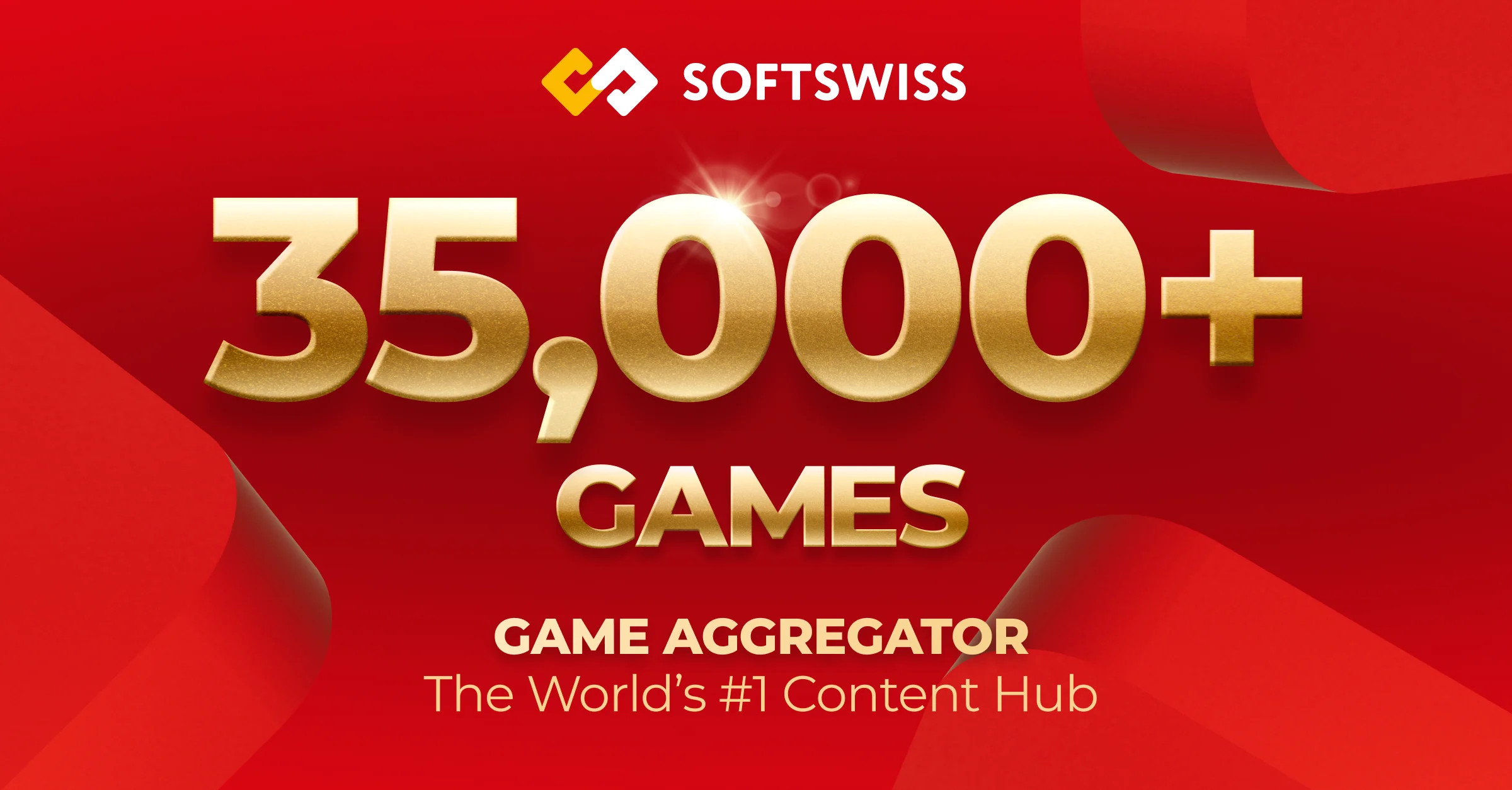Search engine optimization has evolved rapidly over the past few years. In 2025, the SEO landscape is even more competitive, shaped by advances in AI, changes in Google’s algorithms, and the growing importance of alternative platforms. To stay on top, businesses must adapt to new technologies, diversify traffic sources, and focus on building trust with users.
Key Industry Shifts in SEO
- Competition is intensifying – Budgets are growing, and companies are searching for low-competition niches to gain visibility.
- Alternative search engines are catching up – Bing, DuckDuckGo, and regional players are winning market share as governments regulate Google and push local solutions.
- AI-driven content generation – Text, visuals, and even video are now created by AI at scale, raising the bar for originality and trustworthiness.
- Greater transparency – SEO processes and ranking factors are becoming clearer, pushing webmasters to focus on long-term quality rather than manipulative tactics.
Search Engine Innovations
Search platforms in 2025 are focusing on:
- Understanding user intent across formats – Text, voice, image, and video queries are all being processed with equal precision.
- SERP design evolution – Rich snippets now feature multiple product images, FAQs, embedded short-form videos, and interactive elements. Infinite scroll has replaced pagination in most regions.
- Integration with social platforms – Videos from Instagram, TikTok, and YouTube are directly indexed, creating new opportunities for visibility.
- AI-powered ranking and anti-spam systems – Machine learning models are filtering low-quality content faster, rewarding sites with high trust and user engagement.
The Rise of MUM and Multimodal Search
Google’s MUM algorithm, introduced earlier, has become central to search in 2025. Its purpose is to provide diverse answers to complex queries by analyzing multiple content formats in 75+ languages.
For example:
- Uploading a photo of a broken bike part and typing “how to fix it” now returns repair guides, video tutorials, and product links.
- Searching for “socks with a similar print” using a shirt photo leads directly to e-commerce recommendations.
This multimodal search means businesses must optimize not just text but also images, videos, and structured data.
Government Pressure and Market Opportunities
Governments worldwide continue to regulate search giants. Google has faced fines in the EU, Australia, and Asia, while Russia and other markets promote domestic search engines by default. This regulatory environment creates opportunities for new players and alternative search platforms to grow.
Meanwhile, Microsoft has enhanced Bing with advanced AI systems and integrated recommendation services, while DuckDuckGo launched its own privacy-focused browser. YouTube itself has become a hybrid search platform, merging with Google’s core search functions.
SEO Trends Defining 2025
- Multimodal optimization – SEO now includes images, audio, and video, not just text.
- Declining weight of organic results – Ads, recommendations, and AI-driven snippets dominate SERPs, pushing classic organic listings lower.
- AI-first ranking systems – Search engines use deep learning to evaluate trust, authority, and content value.
- OnSERP SEO – Rich snippets, FAQs, reviews, and microdata are crucial for visibility.
- Expansion beyond search engines – YouTube, TikTok, Instagram, and even e-commerce platforms are becoming essential traffic sources.
- Review signals gaining weight – User reviews directly affect credibility and rankings.
- Low-competition niches – Small and mid-size websites succeed by targeting micro-niches, while large players automate SEO with AI at scale.
Practical Recommendations for 2025
- Optimize for different platforms and devices, not just Google.
- Align content with user intent across multiple formats.
- Craft engaging titles and meta descriptions to maximize CTR.
- Improve site architecture for better crawlability and user experience.
- Build authority with genuine reviews and high-quality backlinks.
- Invest in video content to capture SERP features and social traffic.
- Strengthen your brand presence across multiple channels.
- Prioritize trust signals — transparency, expertise, and accuracy.
- Double down on OnSERP SEO with structured data and FAQs.
- Continuously test new tools and technologies to gain an edge.
Conclusion
Classic SEO is not dead — it’s evolving. In 2025, success comes from blending fundamentals (content, links, architecture) with new approaches: AI-ready optimization, multimodal content, and cross-platform visibility. Businesses that diversify beyond Google and adapt to user-first strategies will be best positioned to win long-term.
Read more: Paripesa Affiliate











